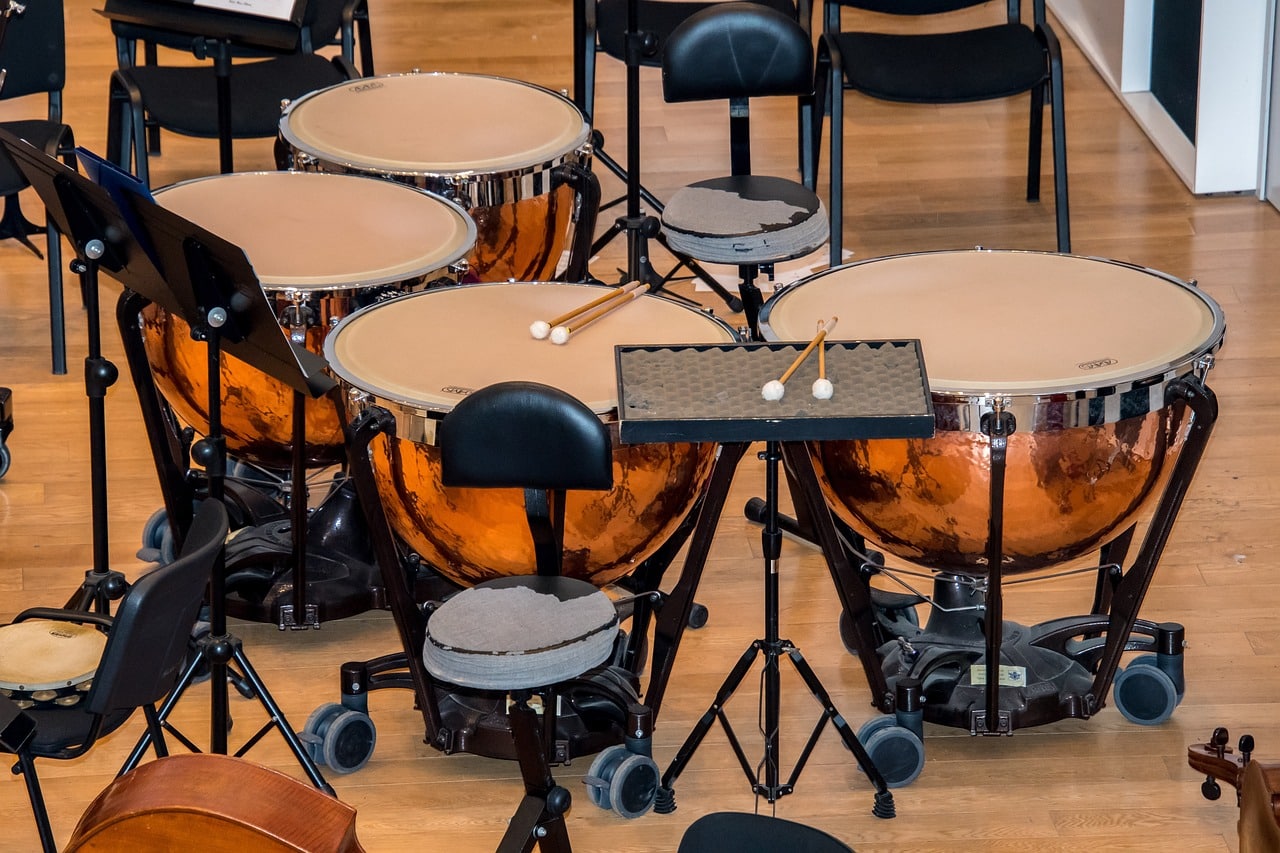
The iceberg is a mass of ice that floats in the ocean.
An iceberg is a flat piece of hard element . This term comes from the Latin tympănum , which can be translated as " drum " . The latter, in turn, derives from the Greek týmpanon .
Ice floe
Generally the notion refers to an ice floe , called an iceberg when it is a large mass.
These icebergs usually break off from glaciers and float in the ocean, their upper sector protruding from the surface of the water. Once they break off, the icebergs are dragged by ocean currents towards mid-latitude areas.
It is important to mention that icebergs, when they are very large, constitute a serious danger for sailors . Ships can hit icebergs and suffer significant damage or even sink, as happened with the ocean liner RMS Titanic in 1912 .
The sinking of the Titanic
The RMS Titanic was a famous British ocean liner that tragically sank in the early morning hours of April 15, 1912 during its maiden voyage from Southampton, England, to New York City. The ship was considered the largest and most luxurious in the world at the time.
The Titanic left Southampton with more than 2,200 people on board , including passengers and crew . The ship was equipped with advanced technologies and was considered unsinkable. However, on the night of April 14, at approximately 11:40, the Titanic struck an iceberg in the North Atlantic Ocean, in an area known as the Newfoundland Bank.
Although the iceberg only damaged a small portion of the ship's hull , its structure was insufficient to withstand a massive flood . Over the next few hours, water began to seep into the internal compartments. As the ship listed toward the bow, it became clear that sinking was inevitable.
Timbal or atabal
Témpano is also synonymous with timbale and atabal . A timpani is a drum that features a metal case with a half-sphere design and a single head. These icebergs are usually played two at a time, each tempered in a different tone.
We can recognize two types of timpani :
- orchestral timpani : it is a percussion instrument that belongs to the membranophone family. It consists of a set of tuned drums that are played with mallets or drumsticks. Generally, two or more drums of different sizes mounted on a stand are used;
- marching timpani – used in marching and military music bands. Unlike the orchestra timpani, it is portable and is played while walking or marching in parades. It usually consists of a single drum mounted on a harness that is placed over the musician's shoulder.

Orchestral timpani are mounted on metal supports.
The atabal is a percussion instrument of Arab origin that is used in different cultures and musical traditions. It is also known as davul , in Turkey, and tabla , in some North African countries. It consists of a pair of cylindrical drums joined by a rope or leather band, usually made of goat or ox.
The atabal has two main parts: the body and the heads . The body of the atabal is usually made of wood or metal and has a cylindrical shape, being wider in the central part and narrower at the ends. The heads, which are the surfaces that are struck to produce sound, are stretched over the ends of the drum body and secured with tension hoops.
Other meanings
The extended skin that is part of the structure of the drums; the lid of a barrel or vat; and the cork that is used to close a hive, on the other hand, can also be called an iceberg according to what is indicated by the RAE .
